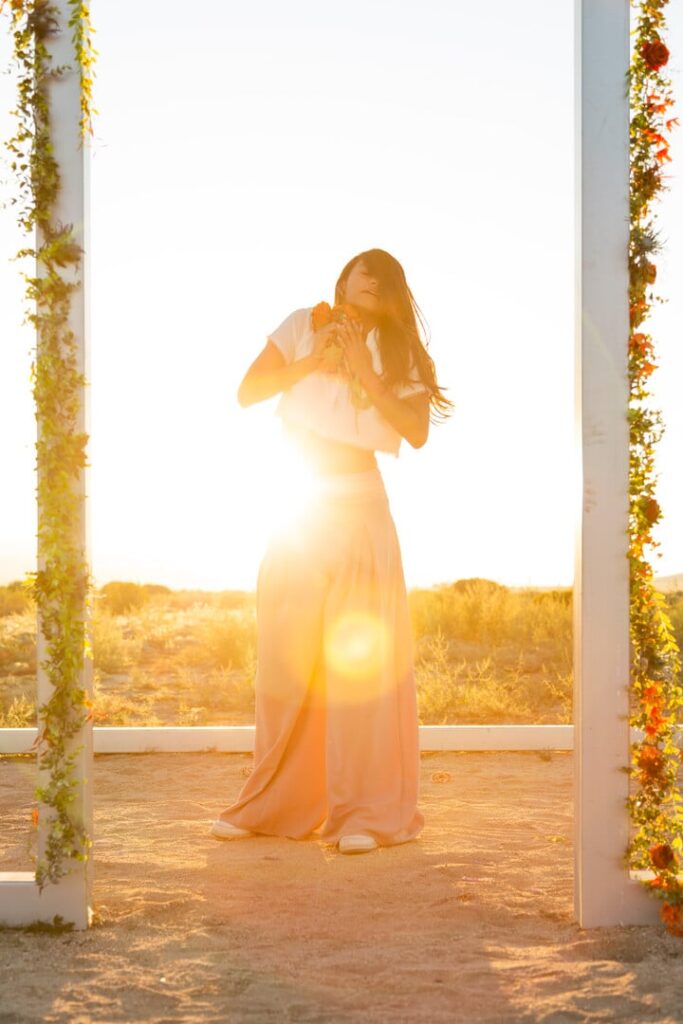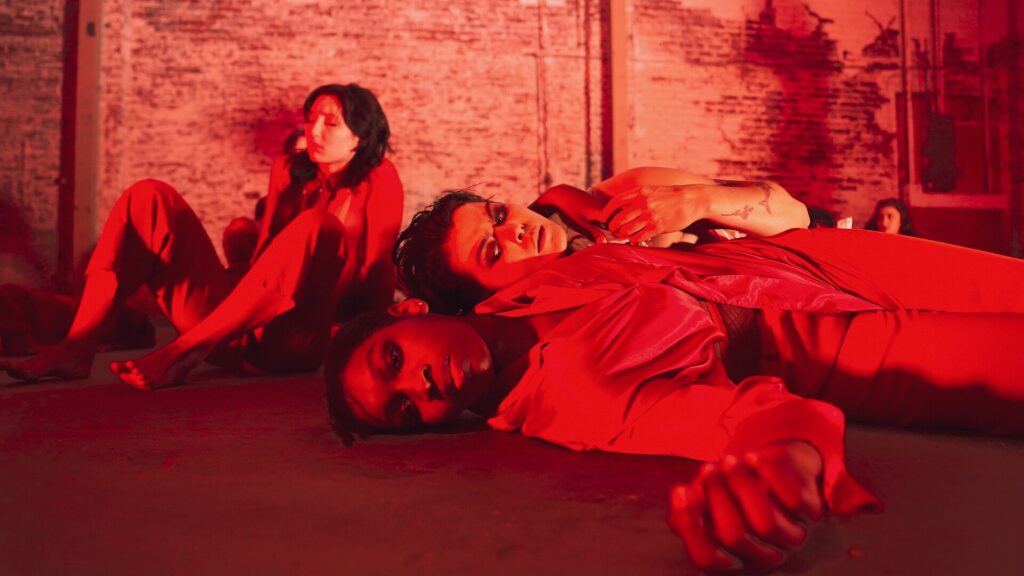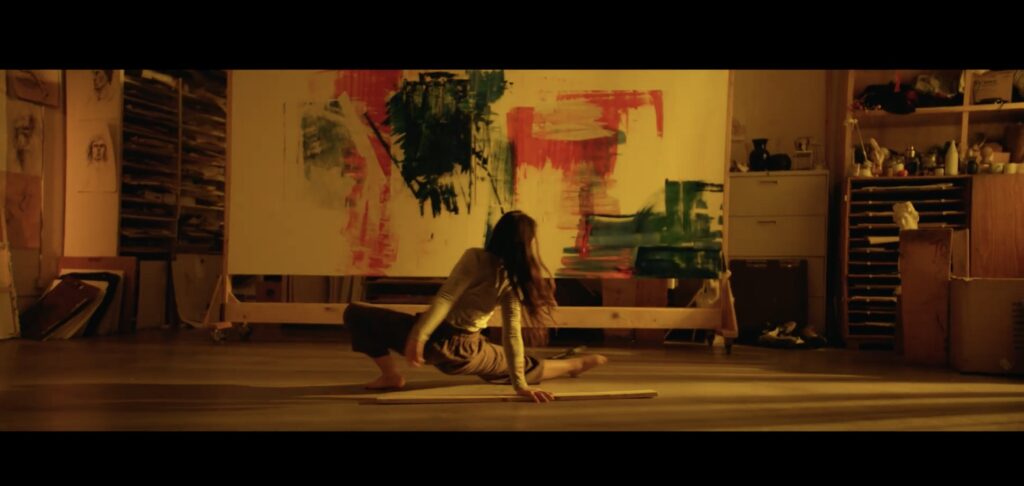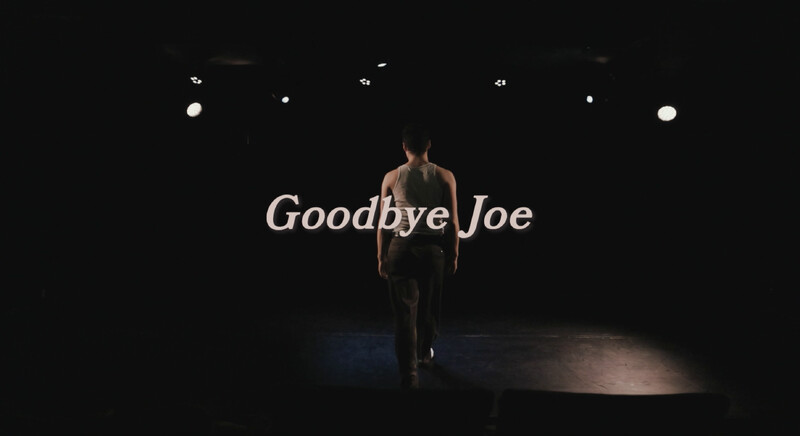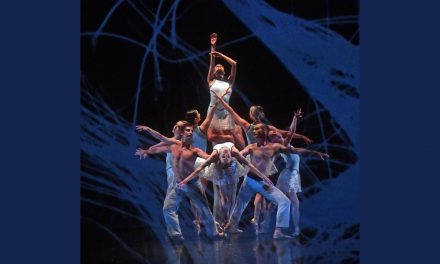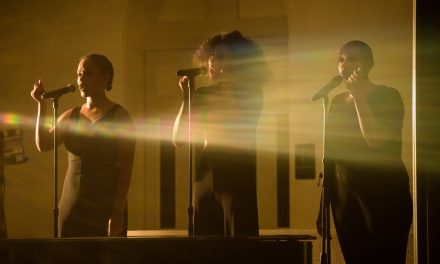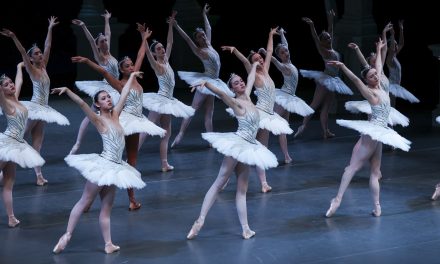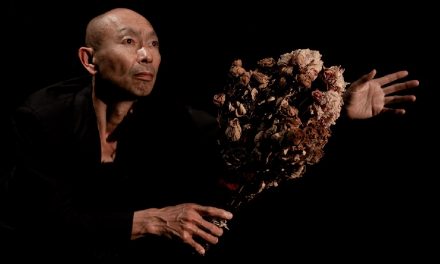In celebration of Support Women Artists Now Day on March 26, MashUp Contemporary Dance Company held an international dance film festival screening at Frogtown Creative, highlighting work by women and nonbinary dance filmmakers.
The genre of dance films has been expanding as of late, especially through the pandemic when performance restraints forced movement artists to get creative with how they present work. The film festival itself is another opportunity to bring attention to the art form, as well as the women and nonbinary filmmakers expanding on it. Of the films shared, many pushed boundaries by experimenting with technology, storytelling, and cinematography. Others simmered on the surface, struggling to distinguish between a dance film and dance on film.
The program started strong with Home by Dani Bird. The film centers on a hallow installation of a house made up of bars outlining its shape like a childhood photo. A narrative about the tragedies that happened within the home is shaped by the changing environment. One moment, it was sunset and an ensemble of dancers moved in sync around the house. In the next, a solo took place on a dingy couch in the middle of the rain.
What made the film poignant was the use of handheld filming. The shaky camera focused on a moving hand or a distraught face, adding tension to the narrative that could be felt from miles away. As this tension rose, the editing heightened, quickly cutting from scenario to scenario. As a result, the lasting image of a home at sunset represented a diary of sorts that held several tragic stories under one roof.
Lily Chumas’ Red Football is meant for the stage, falling into the pitfalls of dance on film and veering away from the artistry of a dance film. The choreography made use of all the dancers who took up what seemed to be an empty warehouse. The thing with film is that it can’t capture everything there and a lot of choreography is left on the cutting room floor. When choreographing for the camera, one has to be intentional with what movement is essential to supporting the narrative. Although Red Football started strong — having the leading character, dressed in white against the red-filled room, pop up behind another dancer for a powerful reveal and introduction — everything following leaned on wide angles to show everything, putting the medium of film in the backseat. Both dance and film must have a hand on the wheel. In the end, most of it felt like a live dance performance captured by a camera in the back row of the audience.
A personal favorite was Sophia Stoller’s Canvas. It opened with an artist preparing to paint on a canvas, exploding into the world of the artist’s mind which coincidentally included a small group of dancers bringing life to her ideas. The dancers ran from a container of paint, coating the side of a wood plank like a paintbrush, and made broad strokes across a large canvas. The props offered beautiful moments of exploration. For example, while two dancers moved with the large wood plank, one performer tilted it and sent the other’s head rolling diagonally down the screen. Just when you thought the twist of the body reached its max, the scene cut to keep the frame spinning with the head and right into the next section of choreography.
The exploration continued with technological innovation, employing VFX to bring the viewer into a 3D world. The dancers were no longer human, but rather ghostly shadows of paint twirling and traversing a world of canvas. The tension built to a new high at this moment before shooting the viewer back to reality: an artist and her canvas. Stoller perfectly mixed dance with film and technology for a beautiful story about the indescribable feeling of finding inspiration.
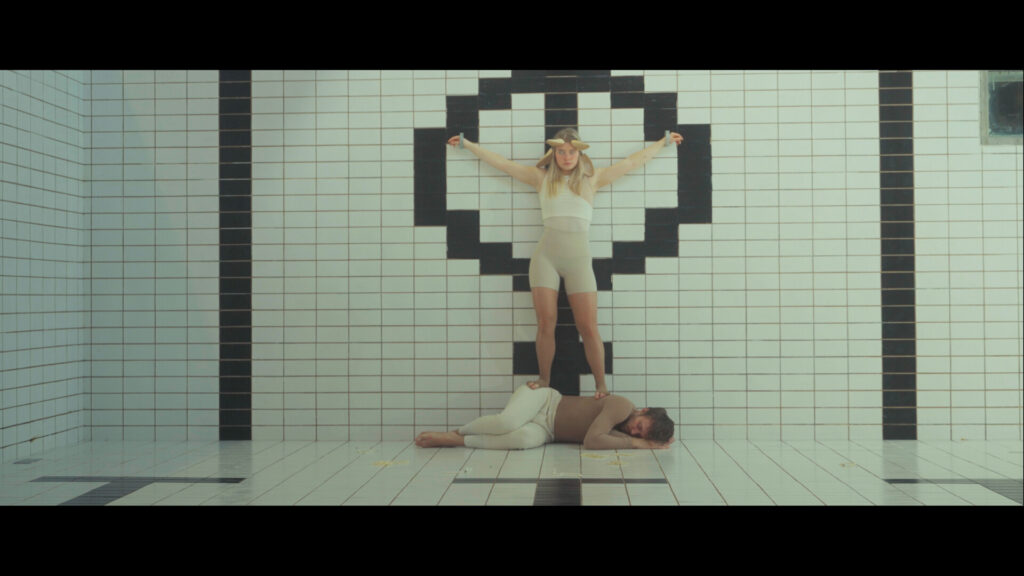
“Crucifiga” by Erika O’Neill and Simon Hjortek – Screenshot courtesy of MashUp Contemporary Dance Company.
Erika O’Neill and Simon Hjortek’s Crucifiga is one of the more inventive films. It took place in a distant future where humans and AI merged into one being. O’Neill and Hjortek question whether perfection is women’s greatest sin. The audience was introduced to a dystopic room of tile with a single washer running inside one of the walls. Soon, dancers filled the space, shifting from robotic movements to large fluid swings. It was filled with religious motifs, including a crucifixion and a crown of thorns (made of shoe trees). The duo’s cinematic voice came through in their creative angles capturing the ensemble do profound canons and unified movements of the limbs.
Golden Gates by Neaz Kohahi, an Iranian American choreographer and dancer, had a powerful narrative about the women’s freedom movement in Iran. Following the death of Mahsa Amini, protests erupted in 2022 resisting oppressive hijab laws and the brutal enforcement at the hands of the religious morality police of the country’s government. The movement is led by the message, “Woman, Life, Freedom,” which had a strong presence in Golden Gates.
The choreography is gorgeously crafted. It opened with the leading character fighting against crashing waves, emphasizing literal resistance. The shoulders lifted the body up and forward while the arms swung to scoop water away. This movement was repeated to highlight the constant fight forward. The film shifted into a hallway where more dancers joined, then onto an open road where the character found true freedom, running. The film not only dug into the current resistance but forced the viewer to think about the next generation of women and girls.
The remaining films of the program were solos with completely different tones. Madeline Jordan’s Echo followed a dancer in a tile-walled alcove walking into a mirror on the other side of the space. The choreography and cinematography were strong and dramatic but lacked a narrative that expanded past the concept of literal movement. The inventive angles were the best part, making use of the environment to peer into the eyes of the dancer struggling with the allure of a mirror.
Goodbye Joe by Nikki Charest was more comical with a lyrical performance set to a voice-over of Shel Silverstein’s poem If The World Was Crazy. The setting of the film is on a stage and could have fallen into the trap of dance on film but employed props and creative editing to shine as a dance film. Throughout the film, props like a hat, earmuffs, and a newspaper appear between transitions. Charest is not afraid of awkward angles and zooms because, in the end, they heightened the narrative and added a special magic to the introduction of new props.
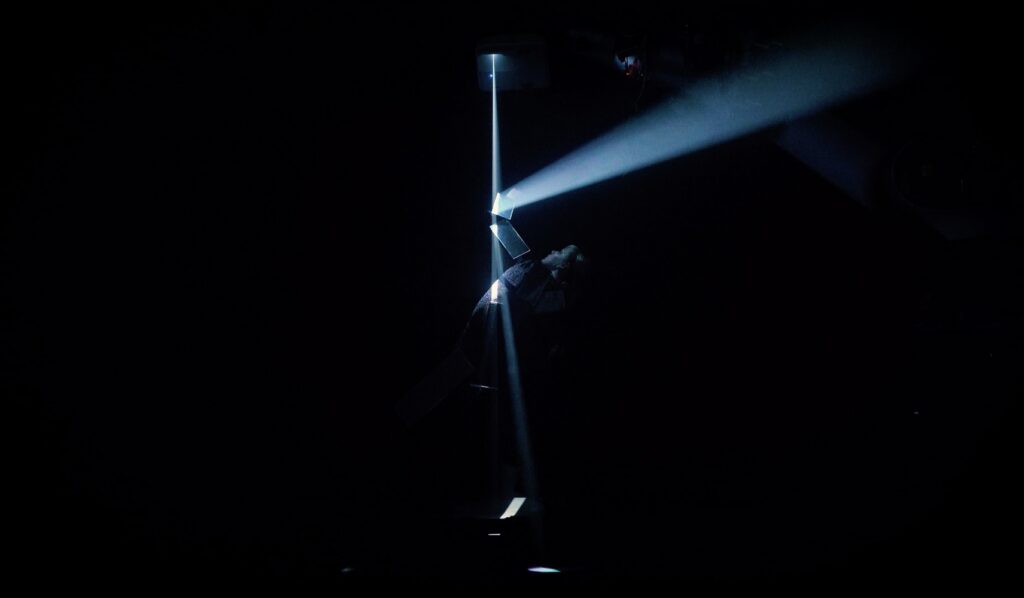
“Thresholds: Chaos to Control” by Victoria Brown – Screenshot courtesy of MashUp Contemporary Dance Company.
The final solo, Thresholds: Chaos to Control by Victoria Brown was the strongest of the solos. The story was solid and allowed the dancer to have a powerful character arc in such a short amount of time. The film centered on a dancer who was covered in mirrors, dancing above a robotic arm with a moving light. As the light shined down, the dancer discovered the joy of reflecting the light with the mirrors. It was mystifying. The conflict arrived as the mirrors depleted and the light dimmed. There was a strong emotional shift that could be seen on the dancer’s face, capping the festival with an emotionally packed ending.
To learn more about MashUp Contemporary Dance Company, please visit their website.
Written by Steven Vargas for LA Dance Chronicle.
Featured image: Golden Gates by Neaz Kohahi – Screenshot courtesy of MashUp Contemporary Dance Company.


